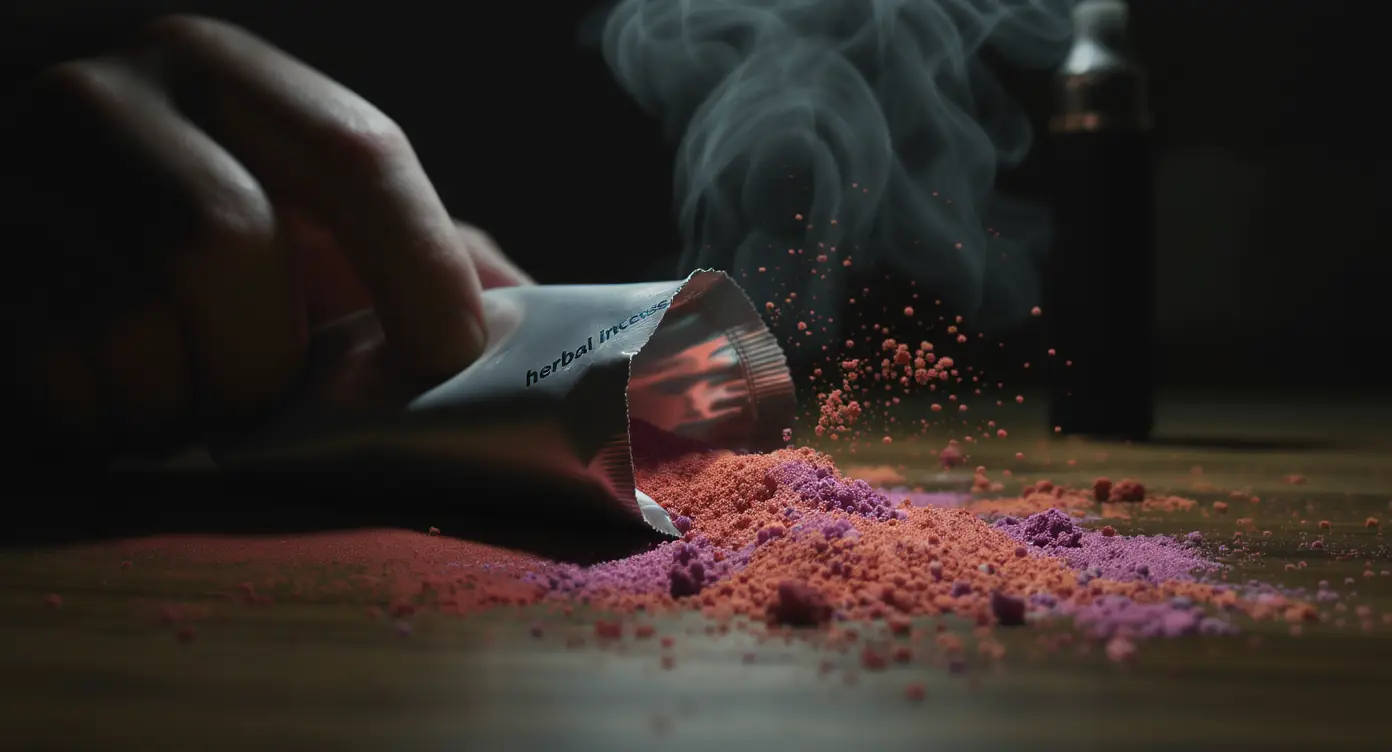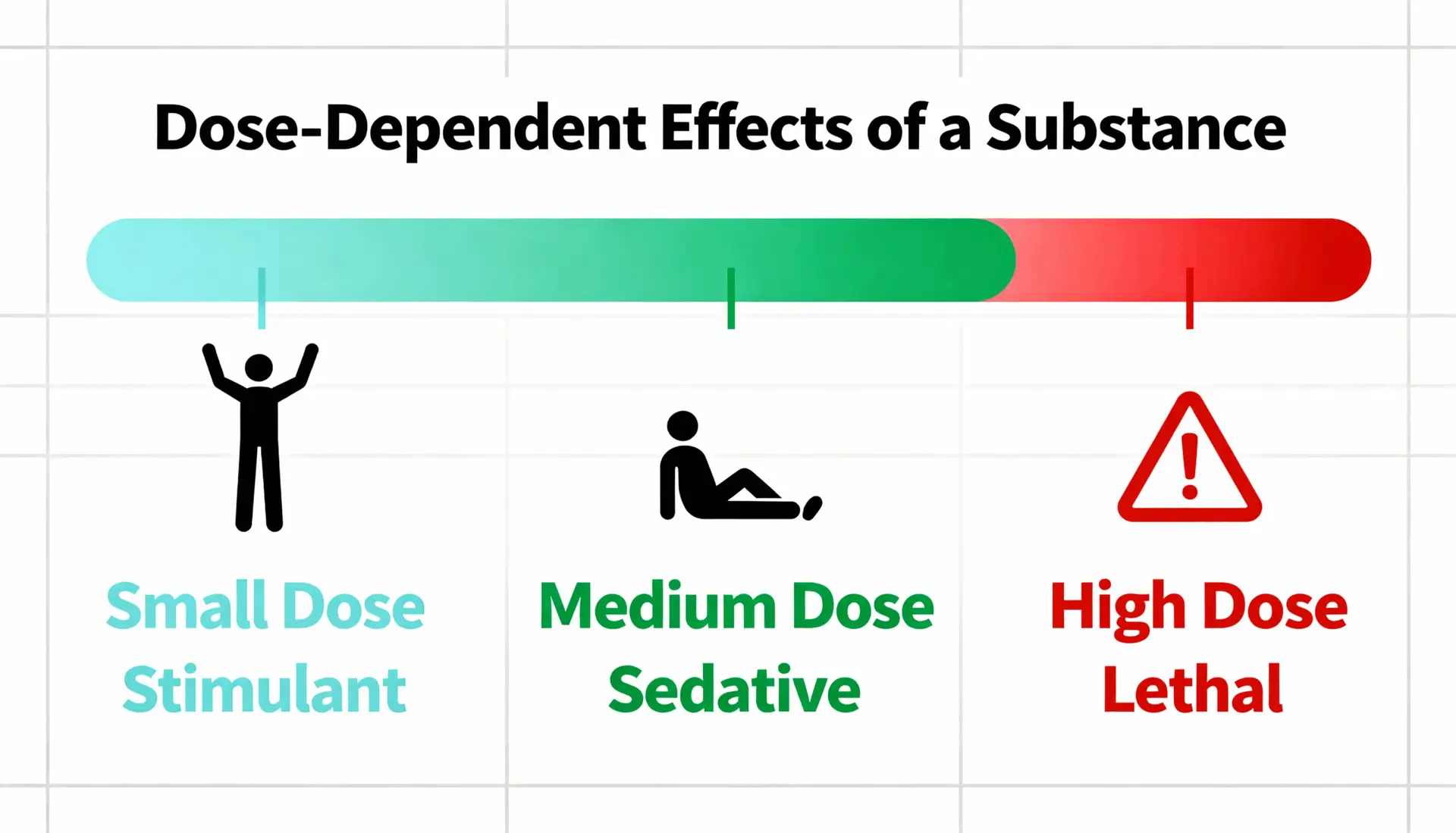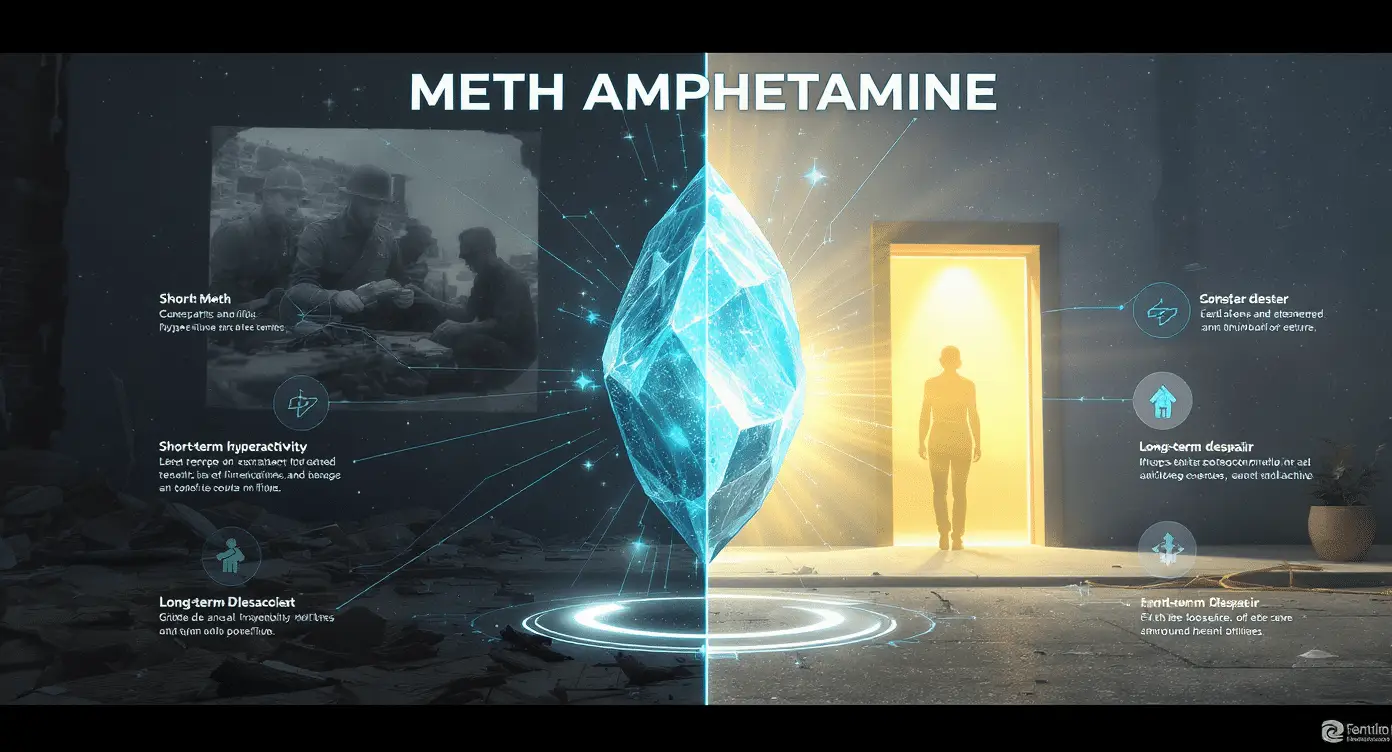They don’t smell like weed. They don’t leave needle marks. They don’t show up in standard drug tests. That’s why synthetic drugs are hard to detect—and why they’ve become so dangerous.
Ever-changing formulas, invisible to tests
Most synthetic drugs—like Spice, K2, or bath salts—aren’t just illegal copies. They’re constantly modified chemicals. Once one version gets banned, a new one appears with a slight molecular twist. Same effect. New loophole.
This means:
- Tests can’t keep up
- Hospitals can’t predict reactions
- Parents and teachers miss the signs
According to the EMCDDA’s NPS report, more than 900 different synthetic substances have been tracked across Europe—and the list keeps growing.
No smell. No track marks. No clue.
Users often spray synthetic cannabinoids onto herbs to smoke them—or swallow powders that look like vitamins. The packaging looks like candy or incense. There’s no typical “drug” image.
That’s why:
- Teens use them at home without being noticed
- Workers pass drug tests while addicted
- Emergency rooms misdiagnose overdoses
It’s not just that synthetic drugs are dangerous. It’s that no one sees them coming.
Real help starts with real awareness
You can’t fight what you can’t see. That’s why Narconon’s Synthetic Drug Education page focuses on detection, prevention, and real-life recovery stories.
Because waiting for a positive drug test won’t work anymore.
FAQ: why synthetic drugs are hard to detect
Do synthetic drugs show up on regular drug tests?
No. Most standard panels don’t detect them. Only specialized, updated tests can sometimes spot specific compounds.
Why do the formulas keep changing?
To avoid legal bans. Chemists tweak the molecule slightly to create “legal highs” that skirt the law and detection tools.
Are there any physical signs to look for?
Yes. Sudden paranoia, erratic behavior, red eyes, or intense sweating may appear—but the signs vary widely.
How can someone get help?
Start by learning the truth. Programs like Narconon offer education and drug-free recovery—even for unknown or synthetic substances.



